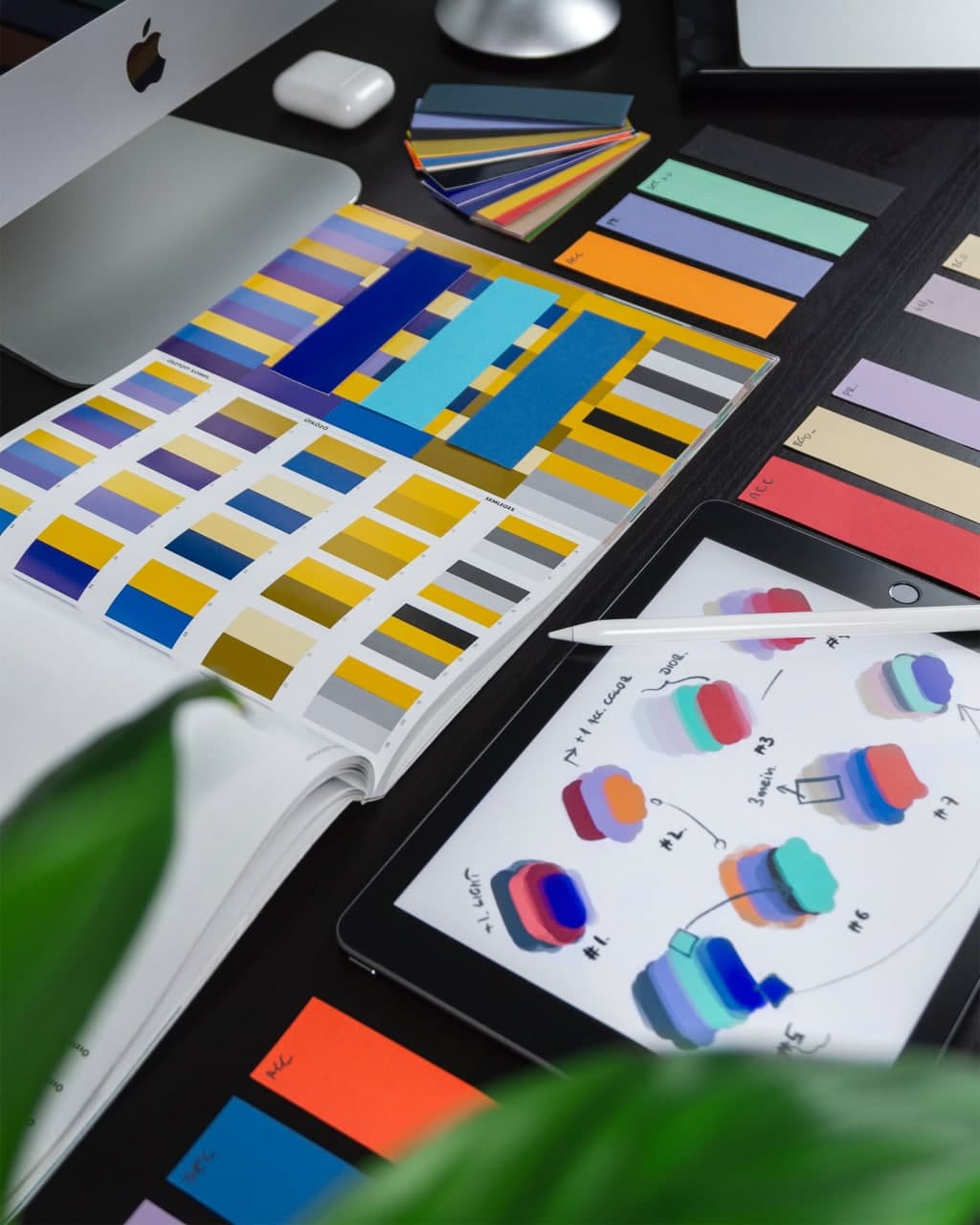What kind of banners do you design?
Banners that we craft are of great quality and the attractive designs hold the capability to not just increase the traffic to your website but also upsurge the conversion rates. Besides, we are also adept in crafting outdoor banners for marketing your brand and advertising events, etc. Our areas of specialization we cover...

